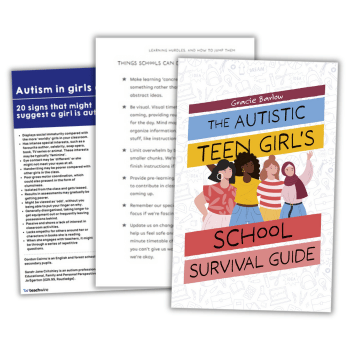Pets in the classroom – How animals can support pupils’ emotional wellbeing

School pets can do wonders in the classroom, and the benefits far outweigh the challenges…

As a headteacher and animal lover, knowing how to care for and live alongside animals has always been an area of educational interest for me.
Animals have so much to teach us and can improve the emotional wellbeing of children in a way that is so hard to find elsewhere.
When I joined Belchamp St Paul CofE Primary in Suffolk I was eager to talk to the current headteacher about my previous experiences with animals in school.
I emphasised how much my former pupils had loved their school pets and what a great educational tool they had been. The head shared my enthusiasm and before long Belchamp St Paul had its own resident guinea pigs.
From there, our register of school pets increased organically. Our budgies now live in a communal area of the school called the atrium, we have guinea pigs in class and my pet python also makes regular visits. These school pets are all dearly loved by both the children and staff.
I often find children sitting contemplatively in the atrium, simply watching and enjoying the twittering and chirping of the budgies as they eat their lunch.
We have non-permanent animals at the school too which we incorporate into the curriculum, such as tadpoles, chicks and ducklings.
What better way to help the children learn about life cycles than letting them watch the animals hatch and grow in real time in their own classrooms?
Once fully grown, the frogs are properly released, and the ducks and chickens often end up coming home with me.
Reap the benefits
We have regular animal visitors too, including my family dog Wren, plus horses, llamas and sheep, all owned by local farmers and residents.
As a rural school, I felt it was important that children experience this part of our community first-hand and develop an understanding of how animals are raised and cared for in our area.
Undoubtedly, the biggest benefit of having the school pets is seeing how they significantly improve the emotional wellbeing of our pupils.
Children who are incredibly anxious or upset are encouraged to spend a few minutes with a guinea pig in their lap or a bird on their shoulder.
Trending
With some of our children experiencing challenging home lives, being able to come and relax and even share their thoughts with the pets can provide some much-needed comfort and time to reflect.
Of course, there is science to support our approach to school pets too. Studies have shown that consistent animal interaction can help with emotional, cognitive, behavioural, educational and social development.
Animals provide an opportunity for children to practise social skills and conversation with a non-judgemental audience, which helps to increase self-esteem and confidence.
I love nothing more than watching the children change and grow in this way when interacting with our animals. As a parent and a teacher, I have also specifically noted the beneficial effects on wellbeing our python can have on children who are on the autism spectrum.
It has long been noted that deep pressure stimulation can have an immediate effect on mood and behaviour as it helps to calm the central nervous system. Our python can provide this with great success, as he slowly and calmly wraps around the children’s arms.
It really is amazing to witness the way the pupils relax after just a few minutes with him.
School pets – unique selling point
Many schools may be wary about introducing school pets or bringing in animals to enhance the curriculum. This may be due to hesitance from parents and carers.
However, we’ve found everyone to be consistently supportive of our approach and it has worked out to be a unique selling point of our school. Animal handling is always supervised and our risk assessments are completed in detail and shared with the school community.
Although there may be a degree of additional work and admin that comes with having pets in the school, I can confidently say that the benefits far outweigh the challenges.
Danielle O’Connell is headteacher at Belchamp St Paul CofE Primary in Suffolk. Browse more ideas for National Pet Month.








